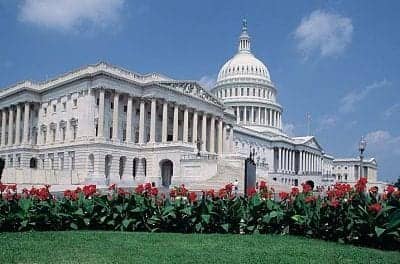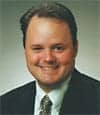10-26-2006
Concerned about new Individuals with Disabilities Education Act (IDEA) Part B regulations that ease requirements that state education personnel standards meet the highest requirement for a profession or discipline in that state, the American Speech-Language-Hearing Association (ASHA), Rockville, Md, is encouraging its members to monitor practices of their school districts, and to be vigilant in identifying any legislative activity that attempts to lower personnel standards in their states.
The final regulations went into effect October 13, despite more than 5,000 comments from allied associations, consumer and advocacy groups and 1,600 from speech-language pathologists and audiologists, the measures contain few changes from the 2005 proposed regulations. The net effect is that IDEA weakens personnel qualifications for related service providers and is inconsistent with other federal mandates such as the No Child Left Behind Act (NCLB), legislation that requires schools to hire highly qualified teachers based on evidence that student performance is linked to teacher qualifications.
In addition, the new regulations have caused concern that states may establish standards for school-based clinicians that are inferior to standards for practice in other settings. That could lead to a two-tiered system where school children with disabilities receive substandard service provided by personnel who are less qualified than those working in health care settings where high standards are mandated.
“ASHA encourages its members to work within their states to advocate for higher standards for personnel,” says ASHA President Alex Johnson, PhD. “Also, parents will need to be aware of the qualifications of their child’s speech-language pathologist and audiologist.”
Members should monitor legislative and state agency activity and contact ASHA staff for resources and support. In order to support ASHA members’ efforts to maintain personnel standards at state and local levels, ASHA is taking a multi-faceted approach, including staff support to states, establishment of a national coalition, and providing surveys and data collection. A detailed analysis of the final regulations will be available on ASHA’s Web site. Also, The ASHA Leader published a special supplement in its October 17 issue that includes an overview of the regulations, as well as a side-by-side analysis. To read the official copy of the final Part B regulations of the IDEA that was published in the Federal Register, visit ASHA’s IDEA Action Center.
[SOURCE: ASHA, October 2006]



